The dream of driving without pollution or delays is closer than we think—thanks to hydrogen.
Hydrogen fuel can power a car with zero emissions and refuel times under 5 minutes, offering a strong alternative to traditional EVs and gasoline engines.
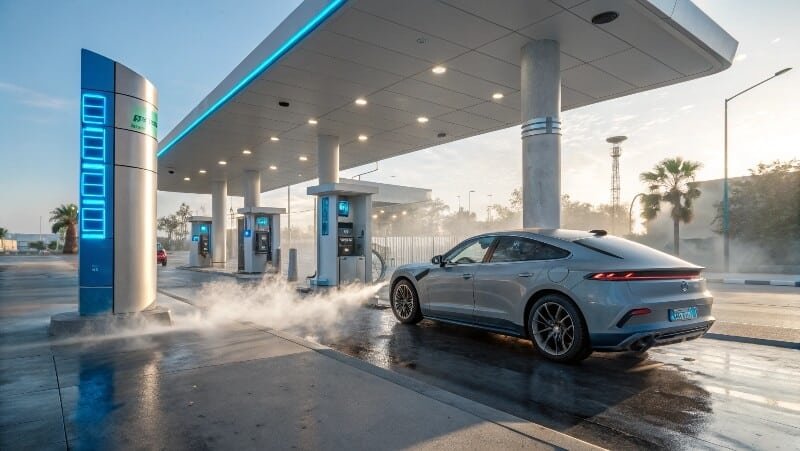
Hydrogen isn’t just hype—it solves real problems EVs still struggle with. But how practical is it right now? Let’s explore what makes hydrogen a game-changer—and where it still lags behind.
Does hydrogen allow for zero emissions?
Every time you hit the pedal, you’re not polluting the air. That’s the promise of hydrogen-powered vehicles.
Hydrogen cars emit only water vapor from their tailpipes—zero CO₂, no toxic fumes.
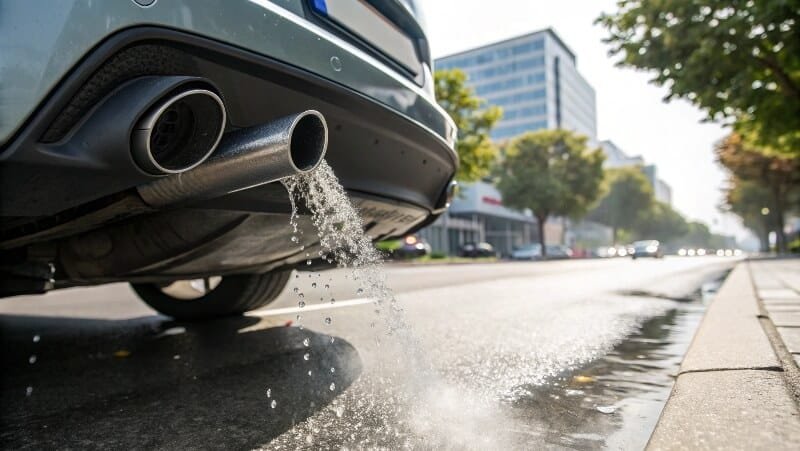
How does hydrogen deliver zero-emission driving?
Hydrogen fuel cell electric vehicles (FCEVs) convert hydrogen and oxygen into electricity through a chemical process inside a stack. The only byproduct? Pure water.
Unlike internal combustion engines, there’s no combustion, no carbon monoxide, no nitrogen oxides. Even when compared to battery EVs, hydrogen has a smaller operational footprint—especially in regions where grid electricity still comes from fossil fuels.
However, there’s a caveat: The production method of hydrogen matters. Green hydrogen—produced using renewable energy—is truly clean. But gray hydrogen, made from natural gas, still involves CO₂ emissions at the production stage. So while the car itself is emission-free, the full lifecycle depends on the hydrogen source.
This is where policies and production technologies need to catch up. Until green hydrogen1 dominates the market, zero emissions remain a potential, not a guarantee.
How widespread is the infrastructure for fueling hydrogen-powered vehicles?
You can’t drive far if you can’t find a place to refuel. That’s hydrogen’s biggest hurdle today.
Hydrogen refueling stations2 are growing, but availability remains very limited outside key regions like Japan, Germany, and California.
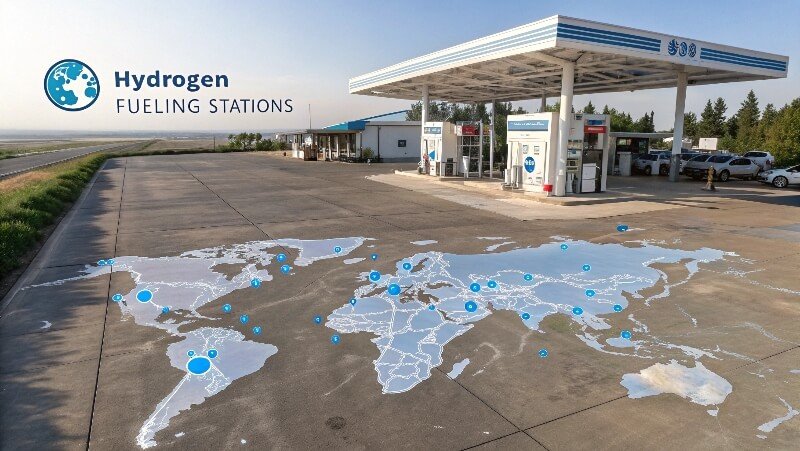
Where can you actually fuel up?
As of now, there are over 1,000 hydrogen stations worldwide, but they’re heavily concentrated:
- Japan: Government-backed expansion supports Toyota’s Mirai and heavy-duty use cases.
- Germany: The H2 Mobility initiative is building a national refueling grid.
- California: State subsidies fuel growth, but most stations are in major metro areas.
By contrast, much of the U.S., China, and Europe lacks viable hydrogen infrastructure for consumer vehicles.
Moreover, refueling stations are costly—each can cost over $1 million to build, and safety regulations are strict. That slows deployment.
Still, the picture isn’t all bleak. Hydrogen hubs are being built in logistics centers, ports, and cities with hydrogen bus fleets. And private-public partnerships are accelerating growth.
But for now, hydrogen-powered mobility is still tethered to a few regions—making it impractical for most everyday drivers.
What are the main advantages of using hydrogen over batteries in cars
Waiting for hours to charge is not ideal—especially on long trips or in commercial operations.
Hydrogen cars refuel in under 5 minutes and offer longer range, especially in extreme weather.
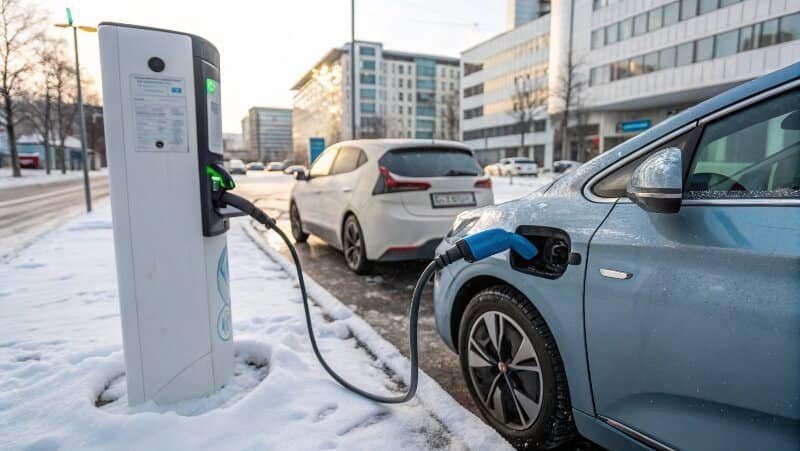
Why do hydrogen cars solve problems EVs struggle with?
Let’s break it down:
| Feature | Hydrogen Cars | Battery EVs |
|---|---|---|
| Refueling time | ~3–5 minutes | ~30 minutes to 12 hrs |
| Driving range | 500–700 km | 300–500 km |
| Cold weather performance | Stable | Range drops significantly |
| Energy density (by weight) | High | Low |
In commercial or fleet settings—delivery trucks, taxis, long-distance travel—hydrogen outshines batteries. Less downtime equals more productivity.
Also, for heavy-duty and high-usage applications, the weight and volume of batteries become a liability. Hydrogen tanks are lighter for the same range.
Thermal safety is another win. Hydrogen systems operate cooler and avoid risks like thermal runaway or fire from battery packs.
That said, EVs have better home charging options, and for short commutes, they remain more convenient in many cities. Still, hydrogen’s advantages grow the moment range, time, and reliability matter.
What are the main problems in using hydrogen as fuel?
Hydrogen has a sleek image—but under the hood, there are serious barriers to mainstream adoption.
Production cost, storage issues, and safety concerns still make hydrogen a complicated fuel for mass use.
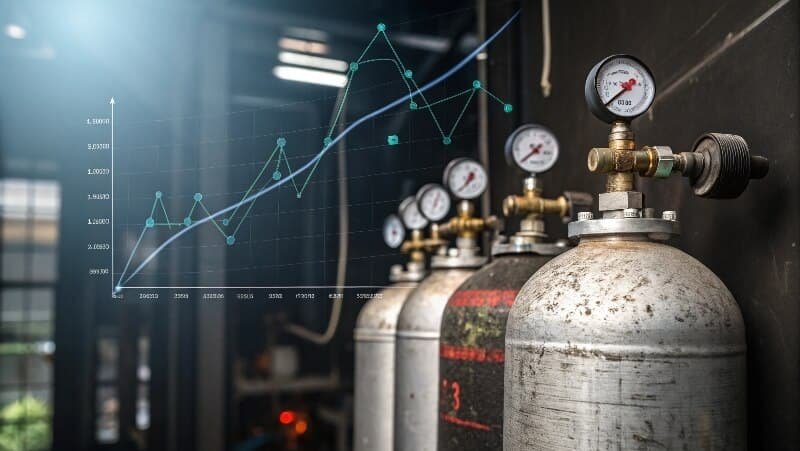
Why isn’t hydrogen everywhere already?
Here are the key challenges:
- High production costs: Especially for green hydrogen, electrolysis systems are expensive and energy-intensive.
- Storage and transport: Hydrogen is light and volatile. It must be stored under high pressure (700 bar) or at cryogenic temperatures—both costly and infrastructure-heavy.
- Safety perception: Though hydrogen is safe when managed properly, public fear persists due to its flammability and association with explosions.
- Low efficiency: The total energy chain—from electrolysis to compression, transportation, and conversion in the car—yields only about 25–35% overall efficiency, compared to 70–90% for direct EV charging.
- Lack of scale: Unlike EVs, hydrogen production and supply chains are still nascent. Prices remain high due to low demand, and low demand persists due to high prices—a chicken-and-egg cycle.
Even automakers like Honda and Hyundai admit that hydrogen remains niche without massive policy and infrastructure backing.
Will hydrogen engines overtake electric?
Many think hydrogen is the future—but so are EVs. Who will win?
Hydrogen may dominate in commercial and heavy-duty sectors, but it’s unlikely to replace electric cars for most personal drivers.

It’s not either-or—it’s both.
Battery EVs have the clear lead in consumer adoption. The ecosystem—chargers, incentives, vehicles—is far more mature. Tesla alone has outpaced the entire hydrogen auto market.
But hydrogen isn’t trying to replace EVs in every segment. Instead, it’s carving out a space where batteries fall short:
- Long-haul trucking (hydrogen = lighter, longer range)
- Buses and delivery fleets (quick turnaround = more uptime)
- Remote areas without strong electric grid
- Extreme climate operations
Even so, consumer hydrogen cars like the Toyota Mirai and Hyundai Nexo remain rare, mostly due to fueling access and price.
So rather than overtaking electric, hydrogen complements it—each with different strengths in the race toward decarbonization.
Conclusion
Hydrogen cars offer fast refueling and zero emissions, but still face challenges in cost and infrastructure. While they won’t replace EVs soon, they’re driving forward where batteries struggle.



